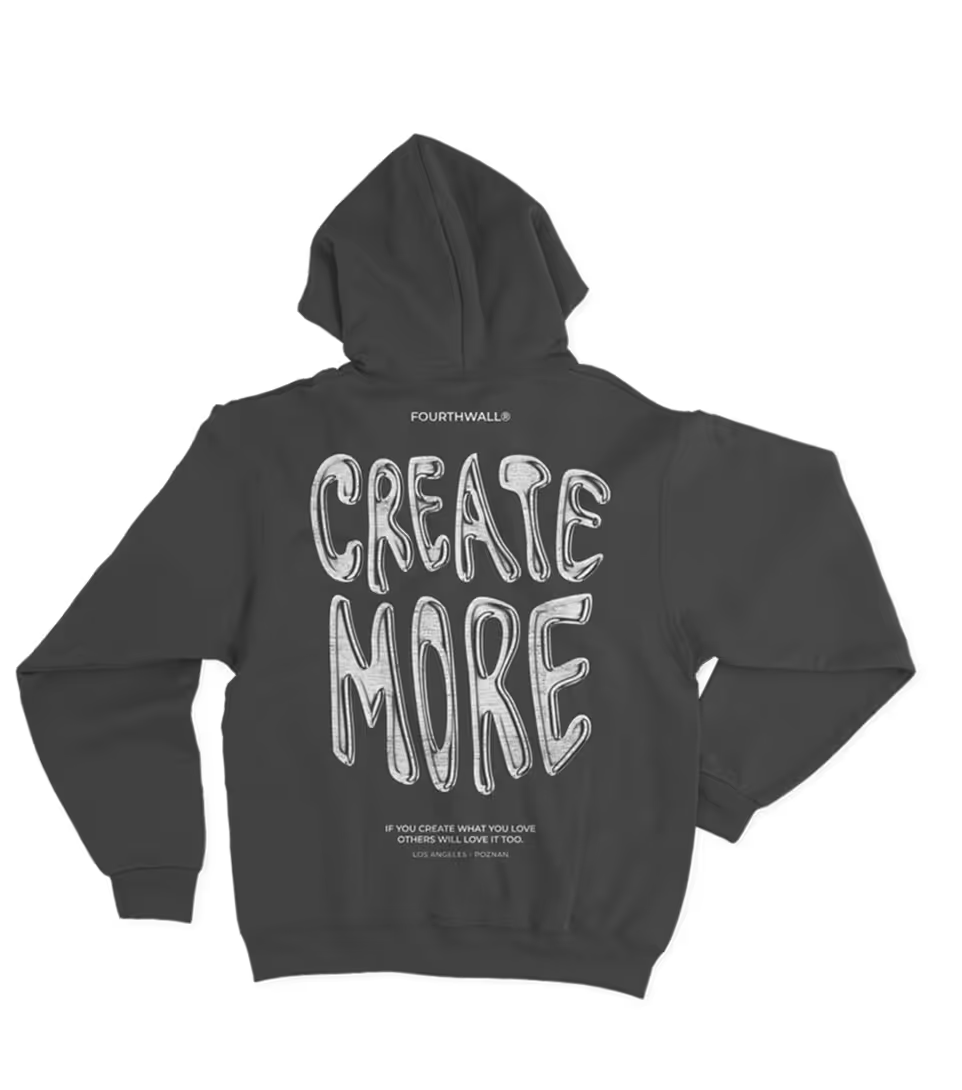Why You Should Track Your Content's Social Media Metrics

Behind every successful social media strategy lies a fundamental component: metrics. These units of data are more than just numbers; they provide invaluable insights into audience behavior, content performance, and the effectiveness of your marketing efforts.
For creators looking to grow their brand awareness, understanding the metric behind your posts is a practice that can’t be overstated. This article aims to shed some light on the critical role of these analytics by examining the different types of social media metrics and how they can help boost your content’s engagement.
What Are Social Media Metrics?
Social media metrics serve as vital data points used to evaluate and measure your content’s performance and online activities. These metrics encompass various aspects, such as reach, likes, shares, and comments on your content, offering you a detailed overview of audience interactions. Different platforms supply a wealth of information on how audiences discover and engage with your content, allowing for a better understanding of user behavior. By prioritizing key metrics, you can gain insights into your strengths and areas for improvement and make adjustments that can positively impact your brand’s online presence.
Why are Social Media Metrics Important?
For creators, these metrics act as a compass, providing directional insights into how to implement successful content strategies, increase your audience engagement, and effectively streamline campaigns. These metrics also aid in demonstrating the success of your content to potential sponsors, influencing partnerships and collaborations. By analyzing metrics such as engagement, reach, and click-through rates, creators can understand how their audience interacts with their content and identify areas for improvement.
10 Key Social Media Metrics To Keep an Eye On
1. Engagement
Engagement rates are calculated based on the level of interaction your target audience has with your content, encompassing actions such as comments, likes, and shares. To boost engagement, creators should focus on creating content that resonates with their viewers, encouraging meaningful interactions, and establishing a responsive community. Remember, the higher the engagement rate, the more active your audience is with your content.
2. Reach
Reach measures the number of unique users who see your content. While impressions indicate total views, reach specifically counts the distinct individuals who come across your content. To expand your social media reach, experiment with posting at various times throughout the day. Employ relevant hashtags that not only relate to your content but are guaranteed to drive traffic to your post and leverage advertising options to obtain a broader audience.
3. Impressions
Similar to reach, impressions signify the number of times a post is viewed, distinguishing itself by capturing the frequency of those views. While reach assess your audience, impressions emphasize the repetition of exposure, recognizing that repeated views on a post often leads to increased engagement. To leverage this metric effectively, use them as a benchmark to measure your content’s success. Consider using paid promotions to help increase your post’s views, and try experimenting with different content formats to see what resonates best with your audience.
4. Click-Through Rate (CTR)
This metric indicates the percentage of people who click on a link in your post, helping evaluate the effectiveness of your call to action. This metric is very important for creators involved in affiliate marketing or trying to sell a product or service. To improve your CTR, make sure you apply a clear and persuasive call-to-action. Consider using high-quality visuals to help increase your post's attention and avoid complex language in your captions and descriptions to ensure clarity. You can also calculate your CTR’s by dividing the number of clicks by the total number of impressions, multiplying that number by 100.
5. Conversion Rates
Conversion rates measure the percentage of users who take a desired action after viewing your content. This metric is important for creators looking to measure the number of people purchasing their products or subscribing to their channel. Unlike CTR’s, which focuses on clicks, conversion rates center on tangible outcomes, making it a key indicator of your brand’s success on social media. To calculate these metrics, divide the number of conversions by the total number of clicks. Remember, improving conversion rates can help you improve sales, enhance your brand’s awareness, and generate long-term customer loyalty.
6. Audience Growth
Your audience growth rate analyzes the impact of your social media campaigns by measuring the percentage increase in new followers within a specified time frame. Unlike a simple count of new followers, this metric considers the growth compared to the total number of viewers, making it a valuable indicator for both small and large audiences. A strong audience growth rate not only signifies that your brand’s presence is expanding, but suggests your content’s popularity and shareability with users.
7. ROI (Return on Investment)
Return on Investment, or (ROI), is a financial metric that measures the profitability and efficiency of your posts. They help assess the performance of your content by analyzing the outcomes achieved, such as increased views or sales. In relation, an ROI also measures the costs associated with producing or promoting your content, analyzing the impact of your overall investment. ROI is a critical tool for decision-making, allowing individuals and brands the opportunity to refine their strategies and allocate their resources more efficiently.
8. Audience Demographics
Understanding your audience's age, gender, location, and interests can help tailor your content to their preferences. By aligning your content with the audience’s needs and interests, you can attract new followers and increase your platform’s engagement. Most social media platforms already offer some type of analytics or insights tool that allows you to see your follower’s demographics. To help track your audience demographic, implement online surveys or ask your followers for feedback. This will provide you with specific insights into who your audience is and why they’re attracted to your content.
9. Video Views
For YouTubers and TikTok users, measuring video views is a valuable metric as it provides insights into your video's performance. These views gauge the reach of a video, indicating how many people watched or engaged with it. This metric is fundamental for understanding the immediate impact of your videos and their potential to capture the audience's attention. Remember, a video with a higher view count has the potential to appeal to future advertisers or sponsors looking to collaborate with your brand.
10. Sentiment Analysis
Sentiment Analysis involves understanding the emotional tone, attitude, or opinion expressed in user-generated content. This analysis employs natural language processing, a technique used to figure out how people feel about your content through comments, mentions, and shares. By measuring the emotional responses of your audience, you can evaluate the impact of your content more comprehensively and enhance brand loyalty.
Optimize Your Social Media Presence with Fourthwall!
Now that we've cracked the code on these metrics, let's talk about putting them to work!
Fourthwall empowers content creators by providing them with the tools to establish online stores, sell products, and create memberships. By bridging insights derived from social media metrics with actionable steps, Fourthwall enables creators to establish a more meaningful connection with their audience. Join Fourthwall and turn your insights into sustainable creative success.
















